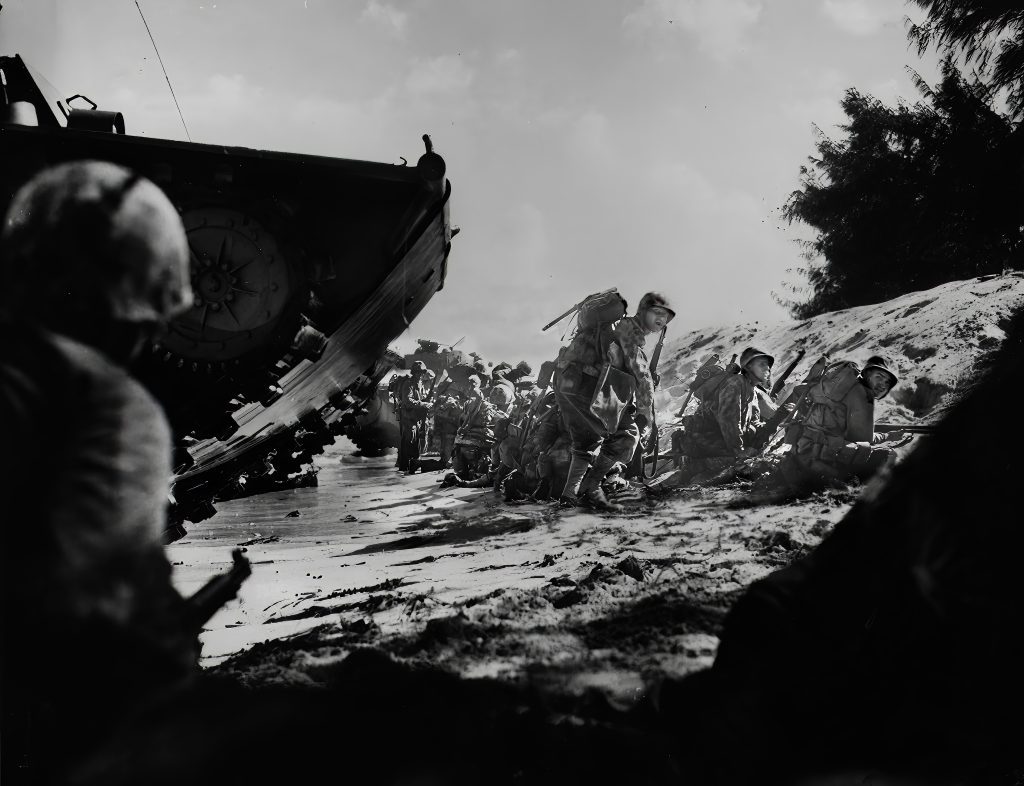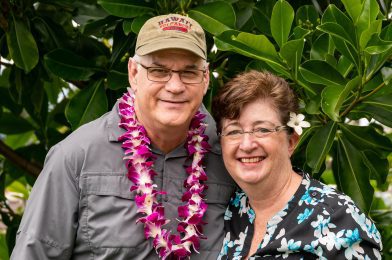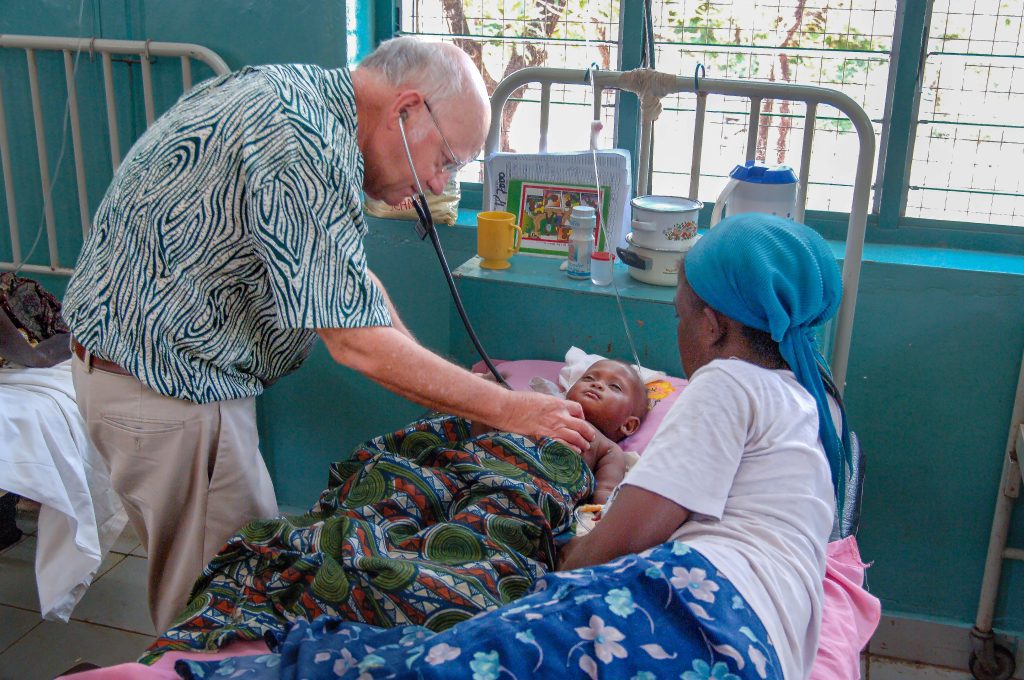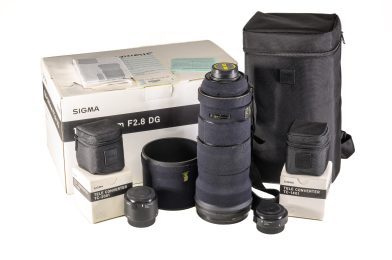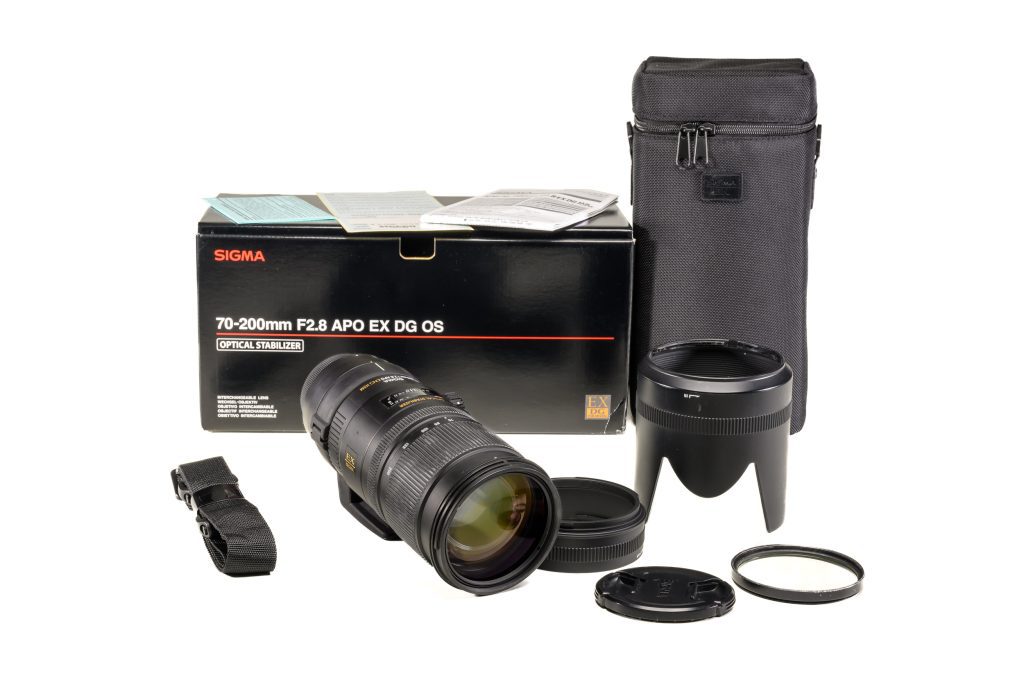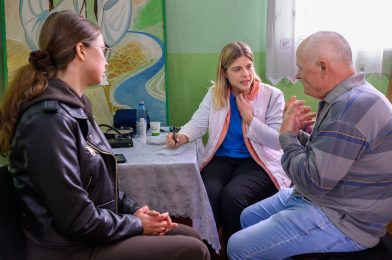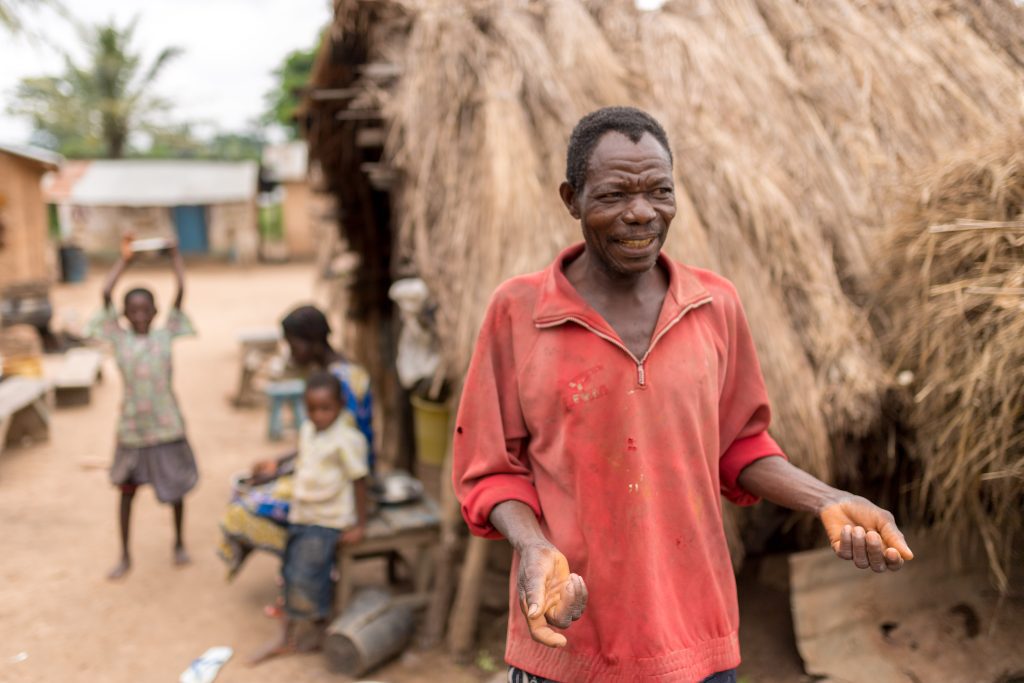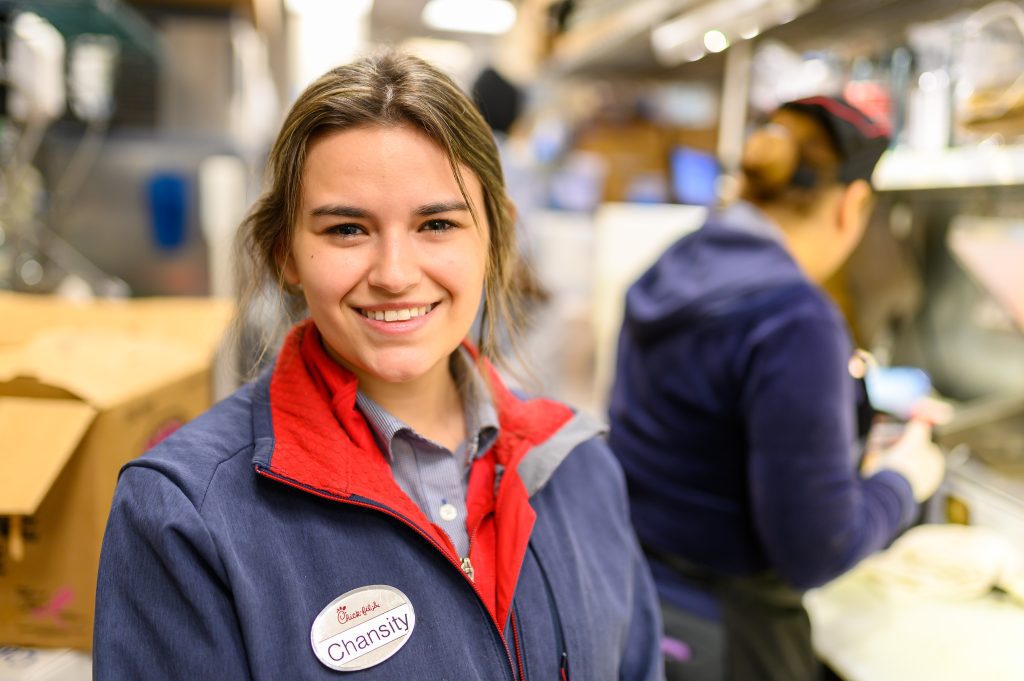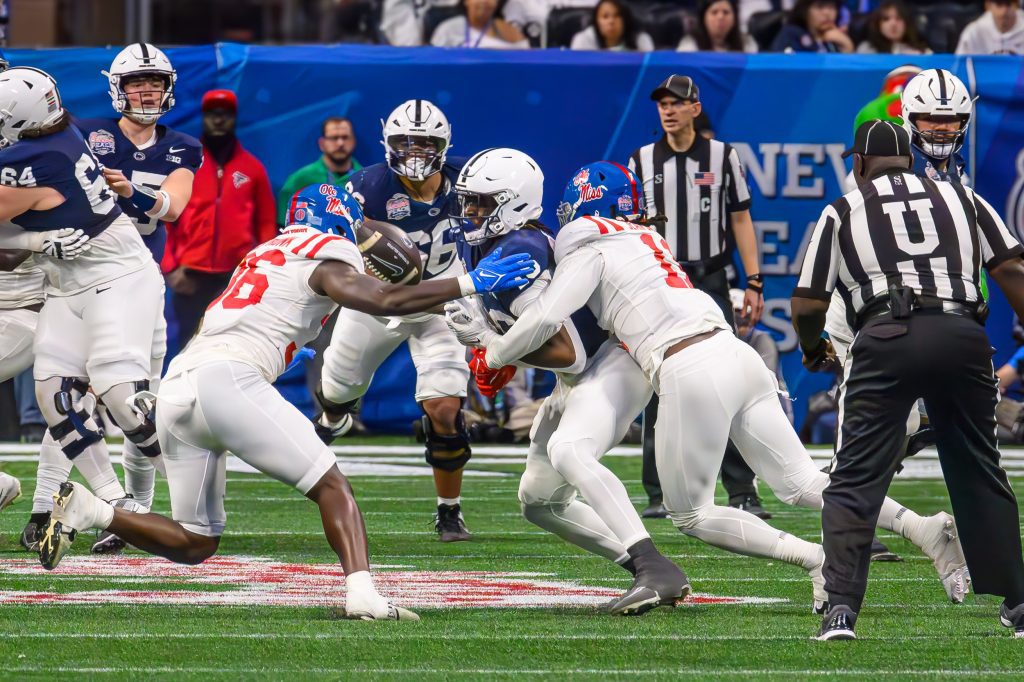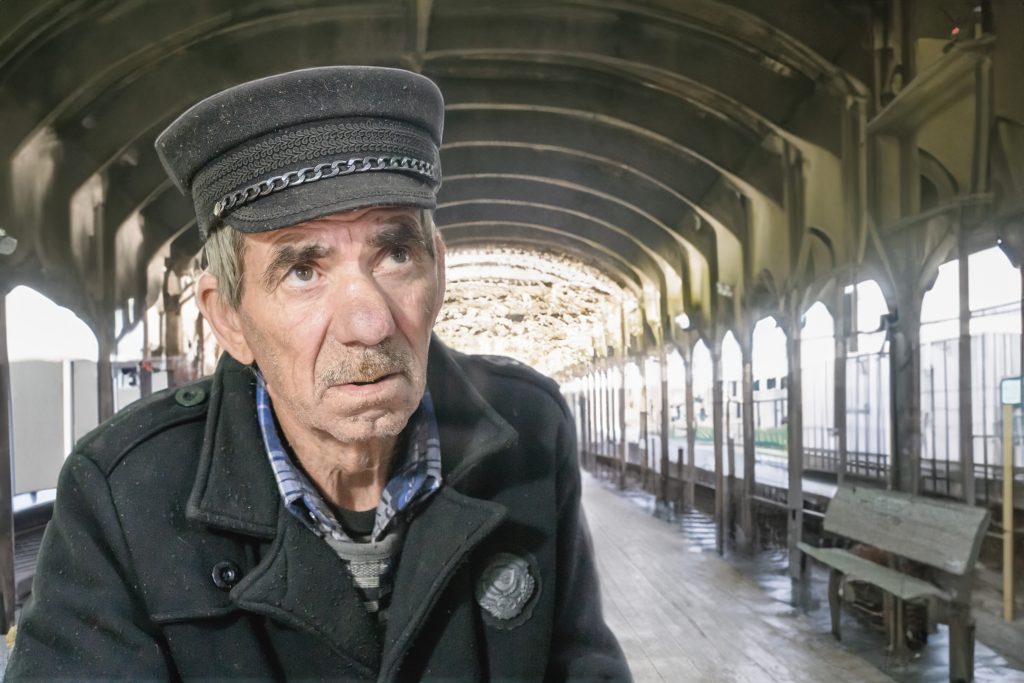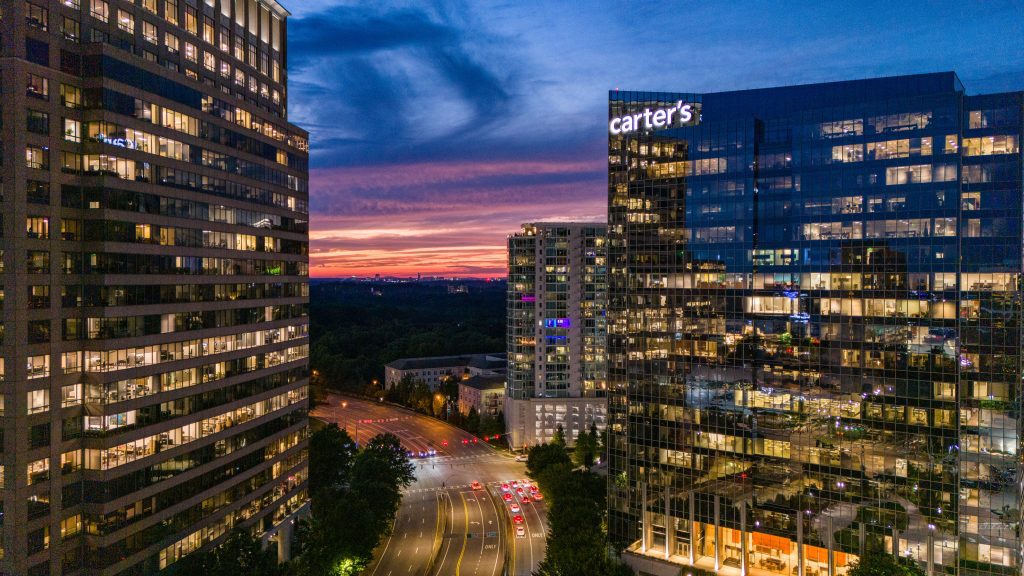In the ever-evolving marketing landscape, the year 2024 presents a unique challenge for businesses, and the culprit is artificial intelligence (AI). As we reflect on the transformative journey of marketing, from the rise of the internet to the dominance of social media, it’s evident that businesses must now navigate the era of AI-driven content.
A few years back, the focus shifted from traditional advertising to the dynamic world of social media. YouTubers garnered followings comparable to established media, and significant magazines dwindled in size. The media landscape was not shrinking; it was expanding, creating new business opportunities and challenges.
In 2008, Seth Godin’s book “Tribes: We Need You to Lead Us” introduced three foundational ideas: the concept of a tribe, the importance of shared interests and communication within a group, and the necessity of leadership for tribes. Social media platforms like Facebook and YouTube facilitated the creation of tribes through shared interests, rapidly shaping new business models.
However, success attracted imitators, and soon, tribes were inundated with copycats. The focus shifted from the uniqueness of experience to the effectiveness of messaging and the energy a person could inject into a tribe or industry.
Fast forward to today, and we grapple with a new game-changer – AI. With the assistance of AI, individuals can craft messages with production values reminiscent of Hollywood. The question arises: How can an average business thrive in an environment where superior messaging competes against companies delivering the best products?
A simple story about artist Kate Saville that I captured
Standing Out Amidst the Glitz and Glam: The Power of Authenticity
Amid the glitz and glam of AI-generated content, businesses can find their competitive edge through authenticity. Authenticity has become the currency that resonates with audiences seeking genuine connections. Here are key strategies to navigate the challenges posed by AI marketing:
- Craft Genuine Stories: Share authentic narratives that reflect the values and ethos of your brand. People connect with stories that evoke emotion and authenticity.
- Humanize Your Brand: AI may elevate production values but cannot replicate human connection. Humanize your brand by showing the people behind the business and highlighting genuine interactions.
- Engage with Your Community: Building a community around your brand goes beyond transactional relationships. You can actively engage with your audience on social media, respond to comments, and participate in conversations.
- Transparency is Key: In an age where AI can simulate perfection, transparency becomes a distinguishing factor. Be open about your processes, challenges, and journey. Consumers appreciate honesty.
- Embrace Imperfections: Perfection is not always relatable. Embrace the imperfections that make your brand unique. Authenticity often lies in the genuine, unpolished moments.
In a world where technology constantly raises the bar, standing out is not about competing in a race for perfection. It’s about forging real connections that resonate with your audience more deeply. Authenticity is the timeless key to navigating the complexities of AI-driven marketing.



